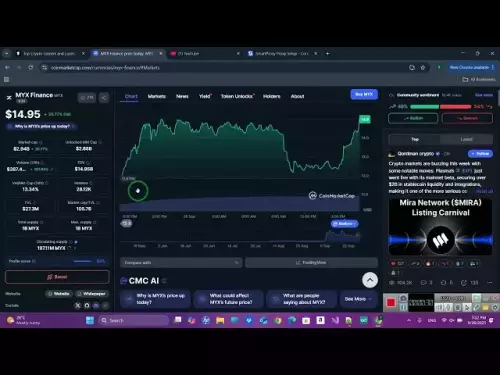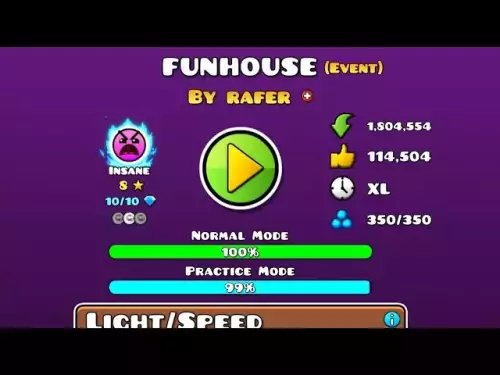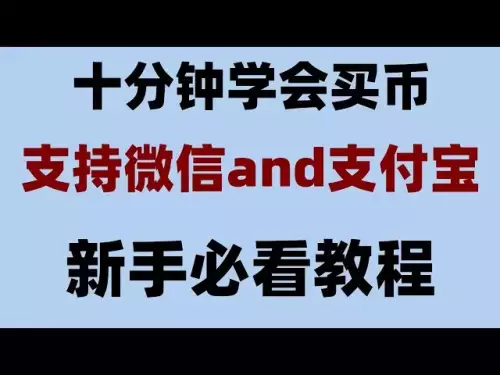-
 bitcoin
bitcoin $109547.008142 USD
0.04% -
 ethereum
ethereum $4011.838726 USD
-0.05% -
 tether
tether $1.000402 USD
-0.01% -
 xrp
xrp $2.798606 USD
0.88% -
 bnb
bnb $970.877944 USD
1.39% -
 solana
solana $202.237275 USD
-0.95% -
 usd-coin
usd-coin $0.999673 USD
0.00% -
 dogecoin
dogecoin $0.229294 USD
-1.15% -
 tron
tron $0.336370 USD
-0.45% -
 cardano
cardano $0.777260 USD
-1.66% -
 hyperliquid
hyperliquid $45.503019 USD
1.73% -
 ethena-usde
ethena-usde $1.000362 USD
0.01% -
 chainlink
chainlink $20.785303 USD
-1.10% -
 avalanche
avalanche $28.755822 USD
-0.11% -
 stellar
stellar $0.358303 USD
-0.48%
How to set a stop loss for CoinW contracts
Setting a stop loss order on CoinW contracts is a crucial risk management tool that allows traders to limit potential losses and protect their capital by automatically selling their contract when it reaches a predetermined price threshold.
Nov 08, 2024 at 03:00 am

In the volatile world of cryptocurrency trading, managing risk is paramount. One effective risk management tool is stop loss orders. A stop loss is a conditional order that automatically sells your contract when it reaches a predetermined price, limiting potential losses. Setting a stop loss for CoinW contracts is a straightforward process that can significantly enhance your trading strategy.
Steps to Set a Stop Loss for CoinW Contracts:1. Open a Trading Interface- Log in to your CoinW account and click on the "Contracts" tab.
- Select the contract you wish to trade, such as "BTC/USDT Perpetual" or "ETH/USDT Quarterly."
- Review the contract details, including the margin requirements, leverage, and contract specifications.
- You'll need to calculate the appropriate margin, which is the amount of funds you hold to cover potential losses.
- Once you've set your margin, you can establish your stop loss parameters.
- In the order entry panel, select "Limit" as the order type.
- Enter the contract quantity you wish to trade.
- Specify the stop loss price, which is the price at which your order will be triggered.
- Calculate this price based on your risk tolerance and market sentiment.
- In the order entry panel, activate the "Stop Loss" option.
- Enter the desired stop loss price in the "Stop Price" field.
- Double-check your order details, including the contract quantity, stop loss price, and margin requirements.
- Click on the "Place Order" button to submit your stop loss order.
- Once your stop loss order is placed, it will be visible in the "Open Orders" section.
- You can monitor the status of your order and adjust it if market conditions change.
- You may need to adjust or cancel your stop loss order if the market conditions dictate.
- To adjust the order, click on "Edit" in the "Open Orders" section and modify your parameters.
- To cancel the order, click on "Cancel" and confirm the action.
Disclaimer:info@kdj.com
The information provided is not trading advice. kdj.com does not assume any responsibility for any investments made based on the information provided in this article. Cryptocurrencies are highly volatile and it is highly recommended that you invest with caution after thorough research!
If you believe that the content used on this website infringes your copyright, please contact us immediately (info@kdj.com) and we will delete it promptly.
- BlockchainFX, Binance Coin, Cardano: Decoding the Crypto Landscape in 2025
- 2025-09-29 04:45:12
- Cathie Wood, Bitcoin, and the Future of Monetary Standards: A New York Perspective
- 2025-09-29 04:25:17
- Crypto Presales Under the Microscope: BlockDAG, HYPER, and the Hunt for the Next Big Thing
- 2025-09-29 04:25:17
- Ethereum Bulls Eye $4,000: Is the Rally Sustainable?
- 2025-09-29 05:05:14
- Aster Price Surge: Bullish Breakout or Falling Wedge Fiasco?
- 2025-09-29 04:45:12
- Aptos Price Prediction: Will the Velociraptor Upgrade Trigger a Rally?
- 2025-09-29 04:50:01
Related knowledge
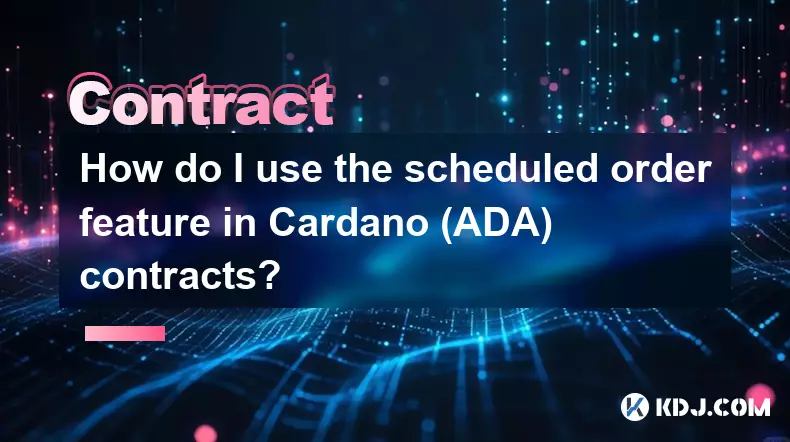
How do I use the scheduled order feature in Cardano (ADA) contracts?
Sep 28,2025 at 10:18pm
Understanding Scheduled Orders in Cardano Smart ContractsCardano operates on a proof-of-stakes consensus mechanism and uses the Plutus scripting langu...

How do I enable the "scalping-only" mode for Cardano (ADA) contracts?
Sep 24,2025 at 03:19am
Understanding Scalping Strategies in Crypto Derivatives1. Scalping in cryptocurrency trading refers to executing multiple short-term trades within min...
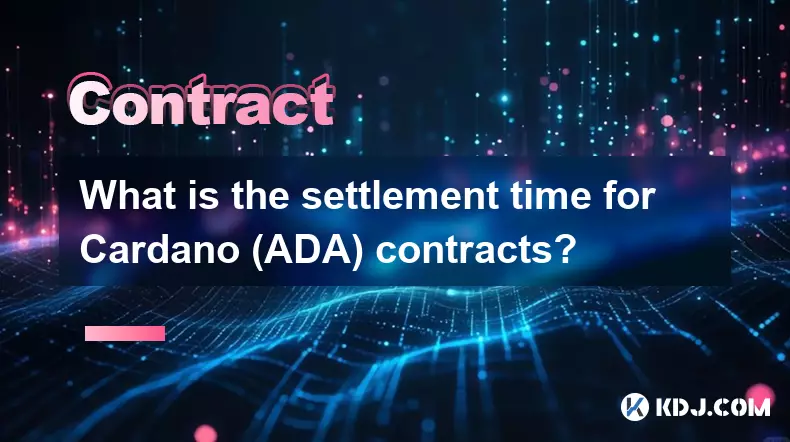
What is the settlement time for Cardano (ADA) contracts?
Sep 28,2025 at 04:18am
Understanding Cardano's Contract Settlement Mechanism1. Cardano operates on a proof-of-stake consensus model known as Ouroboros, which fundamentally i...

How do I add margin to Cardano (ADA) contracts?
Sep 27,2025 at 07:54pm
Understanding Margin in Cardano (ADA) Smart ContractsCardano operates on a proof-of-stake blockchain that supports smart contracts through its Plutus ...
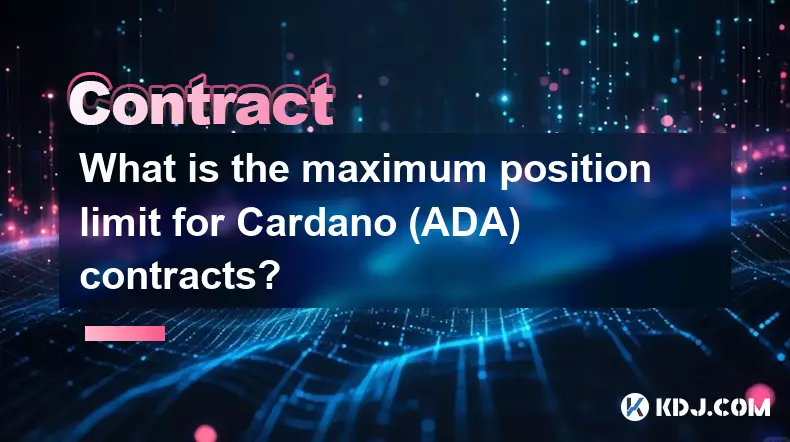
What is the maximum position limit for Cardano (ADA) contracts?
Sep 23,2025 at 11:00pm
Understanding ADA Futures and Derivatives Market Structure1. Cardano (ADA) futures contracts are offered by several major cryptocurrency derivatives e...
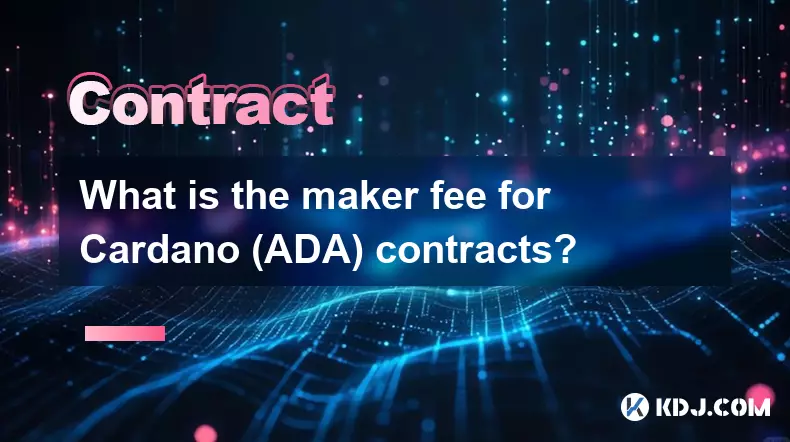
What is the maker fee for Cardano (ADA) contracts?
Sep 26,2025 at 09:01am
Understanding Maker Fees in Cardano (ADA) Contracts1. The concept of maker fees applies broadly across decentralized exchanges and smart contract plat...

How do I use the scheduled order feature in Cardano (ADA) contracts?
Sep 28,2025 at 10:18pm
Understanding Scheduled Orders in Cardano Smart ContractsCardano operates on a proof-of-stakes consensus mechanism and uses the Plutus scripting langu...

How do I enable the "scalping-only" mode for Cardano (ADA) contracts?
Sep 24,2025 at 03:19am
Understanding Scalping Strategies in Crypto Derivatives1. Scalping in cryptocurrency trading refers to executing multiple short-term trades within min...

What is the settlement time for Cardano (ADA) contracts?
Sep 28,2025 at 04:18am
Understanding Cardano's Contract Settlement Mechanism1. Cardano operates on a proof-of-stake consensus model known as Ouroboros, which fundamentally i...

How do I add margin to Cardano (ADA) contracts?
Sep 27,2025 at 07:54pm
Understanding Margin in Cardano (ADA) Smart ContractsCardano operates on a proof-of-stake blockchain that supports smart contracts through its Plutus ...

What is the maximum position limit for Cardano (ADA) contracts?
Sep 23,2025 at 11:00pm
Understanding ADA Futures and Derivatives Market Structure1. Cardano (ADA) futures contracts are offered by several major cryptocurrency derivatives e...

What is the maker fee for Cardano (ADA) contracts?
Sep 26,2025 at 09:01am
Understanding Maker Fees in Cardano (ADA) Contracts1. The concept of maker fees applies broadly across decentralized exchanges and smart contract plat...
See all articles






















